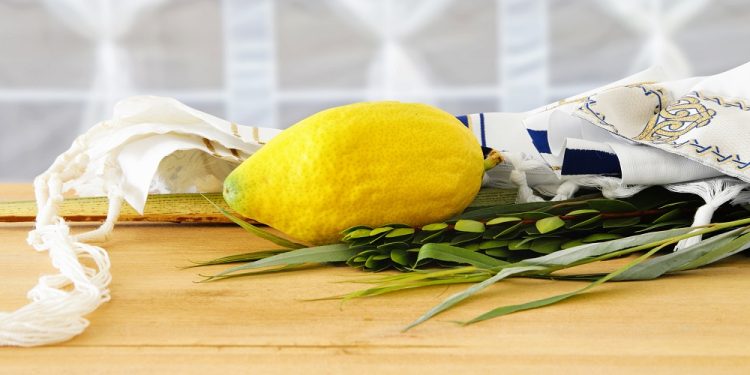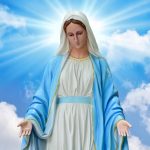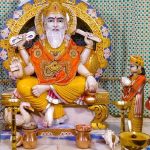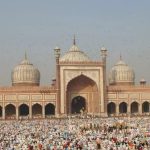
Sukkot
The Festival of Sukkot – “Booths” or “Tabernacles” is celebrated for seven days in Israel and eight days in the Diaspora, starting on the fifteenth day of the Hebrew month of Tishrei. It is one of the three festivals during which Jewish men were required to make a pilgrimage to Jerusalem in the times of the Holy Temple.
Nowadays, in the absence of Temple service, the main focus of the holiday is to dwell in a sukkah (singular of “sukkot”), which is a four-walled booth topped with branches called schach.
For the purposes of the divine command, “dwelling” is defined as eating and sleeping, so Jewish men are required to sleep every night of Sukkot in this hut, and all meals are to be eaten within it. The only exception to the law of dwelling is if it is raining – not just any rain, but raining hard enough to affect the taste of the soup, at which point the meal is allowed to move inside.
These flimsy huts are meant to recall the tents that the Israelites lived in for forty years in the desert between leaving slavery in Egypt and reaching the Promised Land. The first and last day – or in the Diaspora, the first and last two days – are a Sabbath-like holiday, called a yom tov, in which creative labor may not be done except for cooking as necessary for the holiday.
Like most Jewish holidays, there are mandated feasts which include bread and meat, and wine, and family and neighbors invite each other over to eat together in the sukkah. At the same time that families are accepting physical guests into their sukkot, they have ushpizin, spiritual guests.
On each night, a different person from Jewish history is invited into the sukkah: on the first night, the patriarch Abraham, then Isaac, next Jacob, then Moses, Aaron, Joseph, and David. Some also have the custom of inviting biblical women as well or remembering rabbis or various deceased family members.
The last two days, during which sleeping in the Sukkah is no longer required (and is in fact forbidden), are called Shemini Atzeret and Simchat Torah, and they are compressed into one day in Israel. Simchat Torah literally means “the joy of the Torah,” and it is a time of much rejoicing, dancing, singing, and feasting.
The other highlight of Sukkot is reciting a blessing over the arba minim, the Four Species, in remembrance of the agricultural aspect of this ancient harvesting holiday. Willow, myrtle, palm, and citron are combined in a sort of bouquet, and a blessing is recited before they are held up and waved in different directions.
During synagogue services, men walk in circles around the sanctuary while holding their Four Species, a process called “Hoshanot” (singular Hoshana) – supplications. The seventh day of Sukkot is called Hoshana Rabbah – the Great Supplication, where everyone pleads for Divine mercy for the coming year.
Sukkot marks the end of the month-long “High Holy Days,” and is followed by more than a month of no major Jewish holidays until Chanukah arrives in the winter. Spiritually, it also serves as a sort of “extension” to the repentance of Rosh Hashanah and Yom Kippur, and its end marks the end of the time when God is judging the Jewish people.
When is Sukkot?
Sukkot is observed on the 15th day of Tishrei, the seventh month of the Jewish calendar. It is only a floating holiday with respect to the Gregorian calendar.








